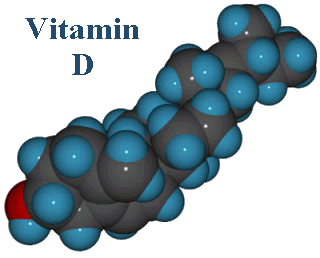 Vitamin D, of course.
Vitamin D, of course.
A PubMed search revealed 146 studies in humans during 2008 for a dizzying list of conditions.
To start, researchers from the Medical University of South Carolina in Charleston have published a detailed review.
Highlights from 2008
ADA recomendation
- The AAD is opposed to “unprotected exposure to ultraviolet (UV) radiation.”
- And that includes sunlight and tanning parlors.
- According to AAD, the best sources of vitamin D come “from a healthy diet that includes foods naturally rich in vitamin D, foods/beverages fortified with vitamin D, and/or vitamin D supplements.”
Recommendations in pediatrics
- The American Academy of Pediatrics doubled the recommended daily vitamin D intake from 200 IU to 400 IU for infants, children, and adolescents.
Vitamin D deficiency and exposure to the sun
- Regardless of one’s complexion or the extent of UV exposure, daily vitamin D supplementation taken by mouth can compensate for the lack of vitamin D production in the skin.
Breast cancer
- Calcium and vitamin D supplementation did not reduce invasive breast cancer incidence in postmenopausal women.
- In addition, 25-hydroxyvitamin D levels were not associated with subsequent breast cancer risk.
Prostate cancer
- Research does not support the hypothesis that vitamin D is associated with decreased risk of prostate cancer.
The elderly
- Taking calcium and vitamin D might protect bones, but it doesn’t guarantee that older women will become more active.
Type 1 diabetes
- Vitamin D treatment during infancy might protect from the development of type 1 diabetes,
Age-related macular degeneration
- Vitamin D (25-hydroxyvitamin D) might protect against AMD.
- Vitamin D failed to stop geriatric hospital patients from falling.
The bottom line?
Despite the studies and reviews listed above, admittedly I chose not to summarize most of the vitamin D studies that appeared in my searches. Just too many and too difficult to identify those that might be clinically significant.
Here’s a summary of studies that seemed most relevant to daily living.
Also, the American Journal of Clinical Nutrition has published a supplement from a conference titled “Vitamin D and Health in the 21st Century: An Update.” Abstracts from 20 articles based on this meeting can be found here.
12/27/08 19:15 JR